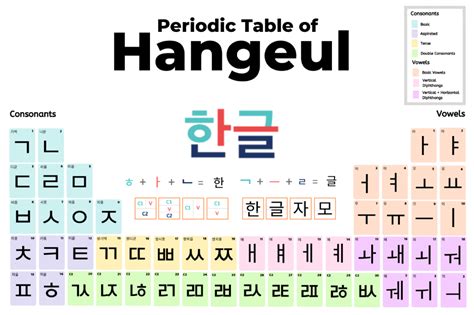Beginner-Friendliness: A Linguistic Analysis
Embarking on the pursuit of a new language can be an enriching endeavor, yet it is prudent to consider the relative difficulty of different languages before committing to a specific one. In this comprehensive analysis, we delve into the intricacies of Korean and Japanese to determine which language poses a less formidable challenge for English speakers.

Phonology
Korean
Korean boasts a relatively straightforward phonological system, featuring 10 vowels and 14 consonants. The pronunciation of these sounds is generally consistent, making it easier for English speakers to produce intelligible speech. However, Korean does have some unique sounds, such as the aspirated consonants and the double consonants, which may require some practice to master.
Japanese
Japanese presents a more complex phonological system, featuring 5 vowels and 18 consonants. The pronunciation of Japanese sounds can be more challenging for English speakers due to the presence of multiple syllables with complex consonant clusters. Additionally, Japanese has a vocalic nasalization system that can be tricky to navigate.
Grammar
Korean
Korean grammar is characterized by a subject-object-verb (SOV) word order, which differs from English’s subject-verb-object (SVO) order. This difference can lead to some initial confusion for English speakers, but it becomes more intuitive with practice. Korean has a relatively simple tense system with three main tenses (present, past, and future) and a limited number of grammatical particles.
Japanese
Japanese grammar is more complex than Korean grammar, featuring a topic-subject-object (TSO) word order. This word order can be especially challenging for English speakers, as it requires them to rewire their understanding of sentence structure. Japanese also has a more elaborate tense system with a variety of verb tenses and aspects. Additionally, Japanese heavily relies on grammatical particles, which can be difficult for English speakers to grasp.
Literacy
Korean
Korean is written using a unique alphabet called Hangul, which was specifically designed to be easy to learn. Hangul consists of 24 letters that are composed of circles, lines, and squares. The letters are assembled into syllables that are then written in a block format. Hangul is highly phonetic, making it relatively easy for English speakers to learn to read and write Korean.
Japanese
Japanese is written using a combination of three writing systems: hiragana, katakana, and kanji. Hiragana is a phonetic system consisting of 46 characters that represent syllables. Katakana is also a phonetic system, but it is primarily used to represent foreign words and names. Kanji are Chinese characters that are used to represent words and concepts. Japanese literacy requires the mastery of all three systems, which can be a significant undertaking for English speakers.
Proficiency Benchmarks
According to the Foreign Service Institute (FSI), Korean is classified as a Category IV language, while Japanese is classified as a Category V language. This means that Korean is considered to be slightly easier to learn than Japanese for English speakers. The FSI estimates that it takes approximately 44 weeks (1,100 hours) of study to achieve Basic Proficiency in Korean and 88 weeks (2,200 hours) to achieve Basic Proficiency in Japanese.
Tables
Table 1: Phonological Comparison
| Feature | Korean | Japanese |
|---|---|---|
| Number of vowels | 10 | 5 |
| Number of consonants | 14 | 18 |
| Aspiration | Yes | No |
| Double consonants | Yes | No |
| Vocalic nasalization | No | Yes |
Table 2: Grammatical Comparison
| Feature | Korean | Japanese |
|---|---|---|
| Word order | SOV | TSO |
| Tense system | Simple | Complex |
| Grammatical particles | Limited | Extensive |
Table 3: Literacy Comparison
| Feature | Korean | Japanese |
|---|---|---|
| Writing system | Hangul | Hiragana, Katakana, Kanji |
| Phoneticity | High | Low |
| Difficulty for English speakers | Low | High |
Table 4: Proficiency Benchmarks
| Language | Category | Time to Achieve Basic Proficiency |
|---|---|---|
| Korean | IV | 44 weeks (1,100 hours) |
| Japanese | V | 88 weeks (2,200 hours) |
Conclusion
Based on the linguistic analysis presented in this article, Korean emerges as the more beginner-friendly language for English speakers. Its straightforward phonology, simpler grammar, and relatively easy-to-learn writing system make it a less daunting prospect than Japanese. However, the choice of which language to learn ultimately depends on individual preferences, motivations, and goals. Both Korean and Japanese offer rich cultural experiences and can be rewarding languages to master.
